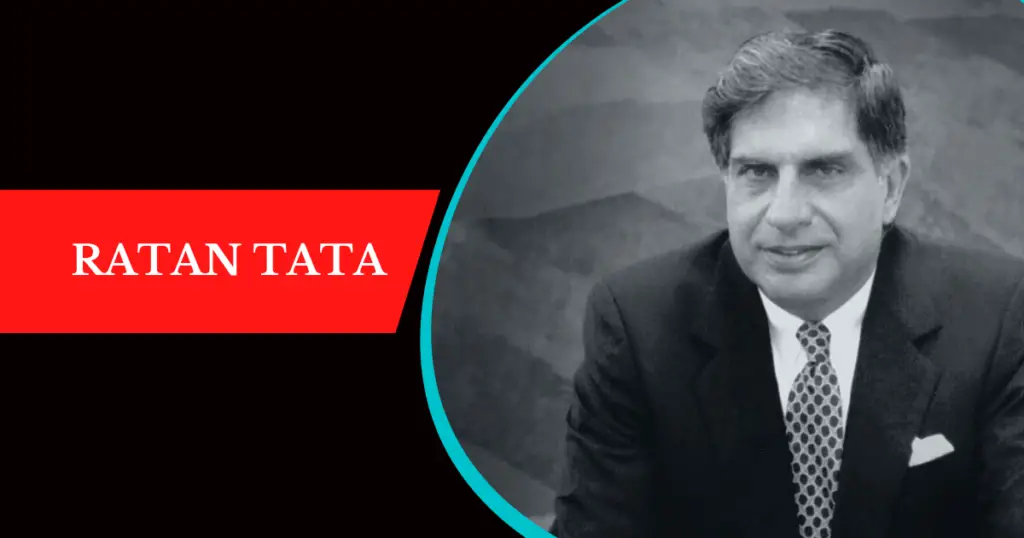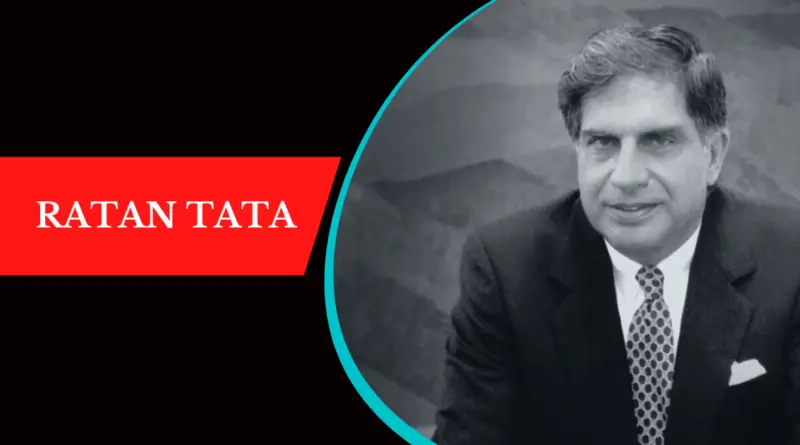From Steel to Software: The Diversification Strategy of Ratan Tata
Ratan Tata, an iconic figure in the world of business, is synonymous with innovation, leadership, and strategic transformation. As the Chairman Emeritus of Tata Sons, Ratan Tata has been instrumental in steering the Tata Group through a remarkable phase of diversification, transforming it from a predominantly steel-centric conglomerate into a global powerhouse with a significant presence in the technology and services sectors. This blog explores the strategic vision and execution that drove this metamorphosis, examining key acquisitions, expansions, and the underlying principles that guided Tata’s diversification strategy.
The Legacy and the Need for Change
Founded in 1868 by Jamsetji Tata, the Tata Group began its journey with the establishment of Tata Steel (formerly Tata Iron and Steel Company Limited) in 1907. For much of the 20th century, the Tata Group was known primarily for its industrial ventures, particularly in steel and automotive sectors. However, as the global economic landscape evolved and the service sector began to dominate, there was a clear need for the Tata Group to diversify its portfolio to ensure long-term growth and sustainability.
When Ratan Tata took over as chairman in 1991, he faced the formidable challenge of modernizing the group while maintaining its core values. The early 1990s were a period of significant economic liberalization in India, presenting both opportunities and challenges. Tata recognized that the group needed to reduce its dependence on traditional manufacturing and embrace new, high-growth sectors like information technology and services.
Strategic Diversification: Key Acquisitions and Expansions
One of the most significant steps in Tata’s diversification strategy was the acquisition of Tetley Tea in 2000. This move not only marked Tata’s entry into the global beverage market but also demonstrated the group’s ability to successfully manage and integrate international acquisitions. Tetley, being one of the largest tea companies in the world, provided Tata with a strong foothold in the global market, complementing its existing portfolio and expanding its consumer base.
Another landmark acquisition was that of Corus Group, a British steelmaker, in 2007. While this might seem contrary to the diversification away from steel, it was a strategic move to consolidate Tata Steel’s position as a global player. The acquisition allowed Tata Steel to access advanced technology and expertise, enhancing its competitive edge in the global steel industry.
However, the most transformative acquisition under Ratan Tata’s leadership was undoubtedly the purchase of Jaguar Land Rover (JLR) from Ford in 2008. This bold move not only diversified Tata’s automotive portfolio but also elevated the group’s brand value and technological capabilities. Despite initial skepticism, Tata Motors successfully turned around JLR, making it a profitable venture and a symbol of Indian capability in managing luxury brands.
Entering the Software and Technology Arena

The most profound shift in Tata’s diversification strategy was its entry into the software and information technology services sector, primarily through Tata Consultancy Services (TCS). Founded in 1968, TCS had a relatively modest beginning, but under Ratan Tata’s leadership, it became a global IT services giant. Today, TCS is one of the largest IT services companies in the world, contributing significantly to the Tata Group’s revenues and global presence.
Ratan Tata’s vision for TCS was not just about entering the IT sector but about leveraging technology to drive innovation across all Tata Group companies. TCS played a crucial role in modernizing the group’s operations, from automating steel plants to enhancing customer experience in the automotive division. This integration of technology across diverse business verticals exemplified Tata’s holistic approach to diversification.
Principles Guiding the Diversification Strategy
Several key principles underpinned Ratan Tata’s diversification strategy:
Visionary Leadership: Ratan Tata’s ability to foresee market trends and his willingness to take calculated risks were instrumental. His decision to invest in future-oriented sectors like IT and luxury automobiles showcased his forward-thinking approach.
Global Ambitions: Recognizing the importance of a global presence, Tata focused on international acquisitions and expansions. This not only diversified the group’s geographical footprint but also brought in advanced technologies and best practices.
Sustainability and Ethics: Despite the aggressive expansion, Tata ensured that the group adhered to its core values of sustainability and ethical business practices. This commitment helped maintain the group’s reputation and fostered long-term relationships with stakeholders.
Integration and Synergy: Rather than viewing each business unit in isolation, Tata emphasized creating synergies across the group. This integration facilitated the transfer of knowledge and technology, optimizing overall performance.
Empowering Leadership Teams: Tata believed in empowering leaders within each business unit, fostering a culture of innovation and accountability. This decentralized approach allowed each unit to be agile and responsive to market changes.
Challenges and Criticisms
While the diversification strategy under Ratan Tata was largely successful, it was not without challenges and criticisms. The Corus acquisition, for example, faced difficulties due to the global financial crisis and fluctuating steel prices, leading to significant financial strain. Similarly, integrating diverse businesses, especially in international markets, posed cultural and operational challenges.
Critics also pointed out that rapid diversification sometimes led to overstretching resources and management bandwidth. Balancing the demands of traditional industries with those of new ventures required meticulous planning and execution.
Legacy and Continuing Evolution
Ratan Tata stepped down as chairman of Tata Sons in 2012, but his legacy of strategic diversification continues to shape the group’s trajectory. Under his successors, the Tata Group has continued to build on his vision, expanding further into digital technologies, renewable energy, and consumer goods.
The recent focus on digital transformation and sustainability reflects the enduring influence of Ratan Tata’s leadership principles. The Tata Group’s investments in electric vehicles, e-commerce, and green energy are aligned with global trends, ensuring that the group remains relevant and competitive in the 21st century.
Conclusion
Ratan Tata’s tenure as the leader of the Tata Group is a testament to visionary leadership and strategic foresight. By diversifying from steel to software, Tata not only safeguarded the group’s future but also positioned it as a global leader in multiple industries. His ability to balance tradition with innovation, and local strengths with global ambitions, serves as an exemplary model for business leaders worldwide.
The story of Tata’s diversification is not just about business growth; it is about transformation, resilience, and the relentless pursuit of excellence. As the Tata Group continues to evolve, Ratan Tata’s legacy will undoubtedly inspire future generations to think boldly and act decisively in the face of changing market dynamics.



